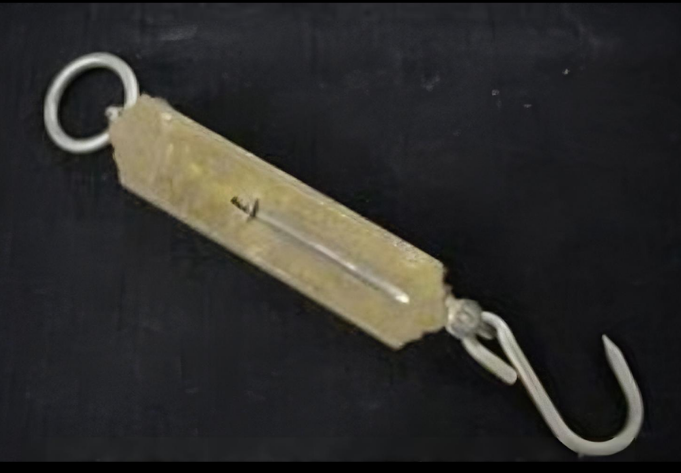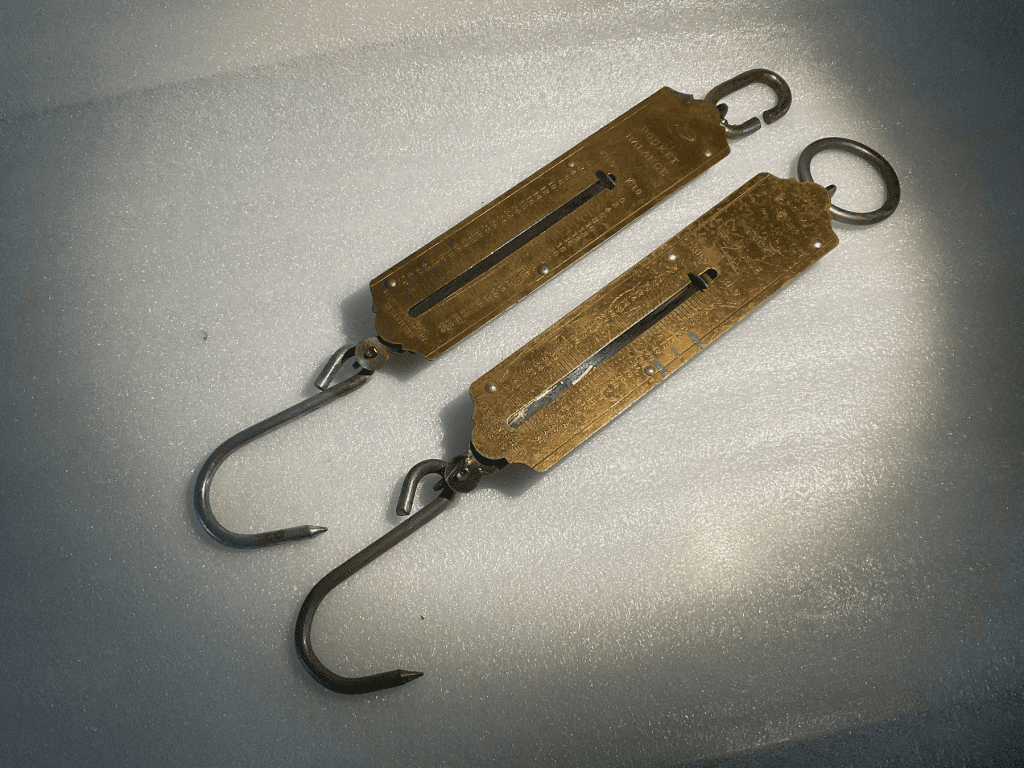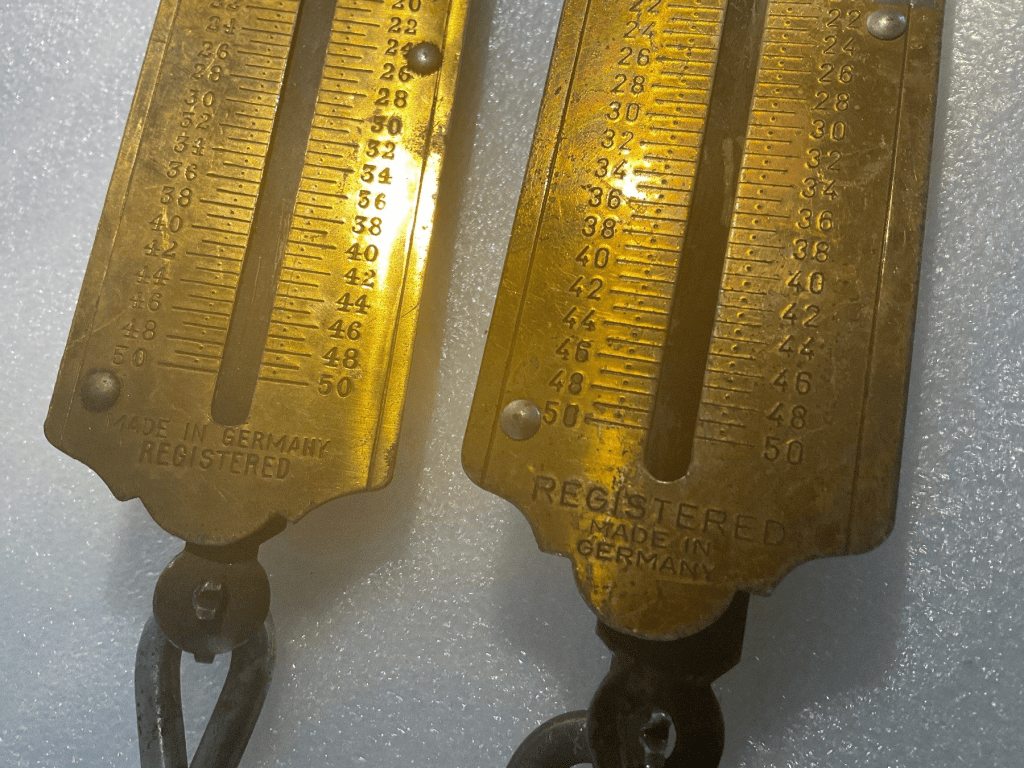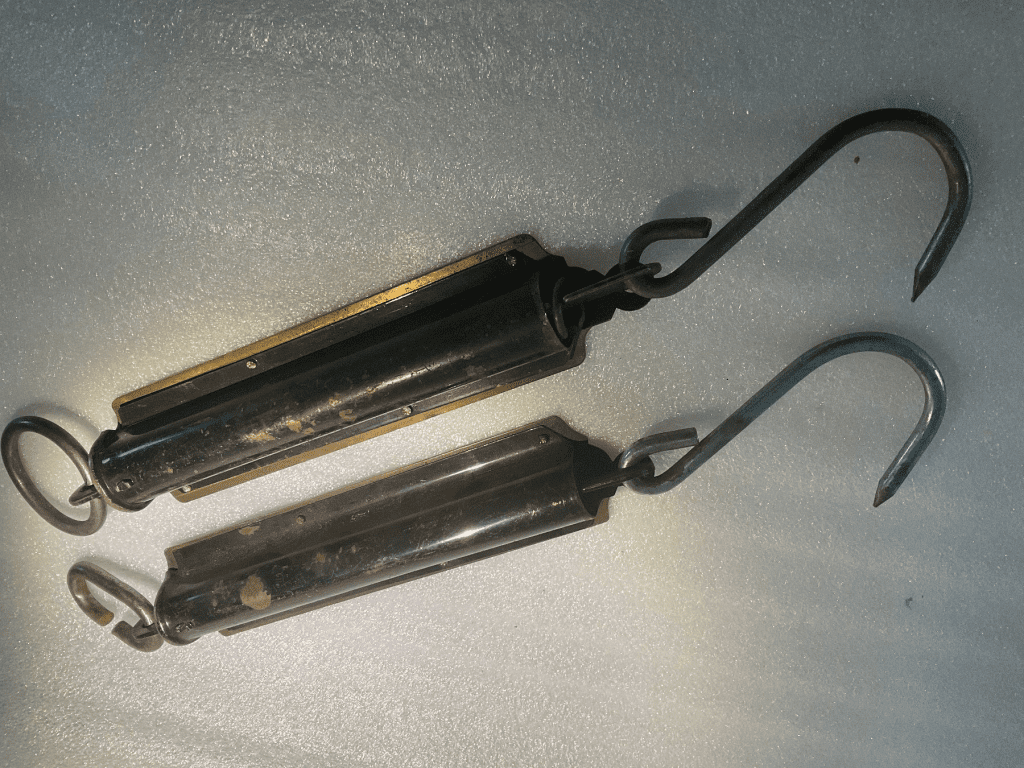In today’s fast-paced world, technology has replaced many traditional tools, yet some of these instruments, such as antique scales, have maintained their charm and importance. These meticulously crafted mechanical scales, once used for everything from weighing gold to sorting eggs, have now become cherished collectibles. With a blend of historical significance and artistic craftsmanship, antique scales hold a special place in the hearts of collectors and enthusiasts alike.
The Enduring Appeal of Antique Scales

As technology advanced in the mid-20th century, digital scales began to overshadow their mechanical counterparts. However, these old-fashioned instruments have not been forgotten. Instead, they have found a new life as collector’s items. Antique scales are more than just functional tools; they are intricate works of art, often hand-crafted with remarkable precision. Each scale tells the story of the era it was created in, offering a glimpse into the past.
While modern scales offer convenience, there’s something undeniably captivating about the precision and artistry involved in the design of mechanical scales. From their detailed craftsmanship to the role they played in shaping commerce and science, antique scales are a testament to human ingenuity.
Types of Antique Scales: A World of Precision
There are numerous types of antique scales, each designed for a specific purpose. These scales were meticulously crafted, with different variations created for everything from weighing gold to measuring postal parcels. Let’s dive into some of the most well-known types:
Equal Arm Beam Balances: The Simplest Form of Measurement
The equal arm beam balance is one of the earliest and simplest types of scales, dating back thousands of years. This scale uses a basic lever system, with a beam suspended at its center, forming a perfect fulcrum. The beam supports two pans, one on each side, which hold the weights to be compared. By adding standard weights to one pan and the object to be weighed on the other, the balance can achieve equilibrium, allowing the user to determine the object’s weight.
These balances are incredibly sensitive and can be adjusted to measure even the slightest differences in weight. Factors like the friction in the hinges, the total mass of the parts, and the length of the beam all contribute to the scale’s precision.
Modifications and Adaptations of Equal Arm Scales
Over time, the basic design of the equal arm balance was modified to suit various needs. For instance, Roberval scales were developed in the 18th century to offer a more convenient weighing process. With two beams and load platforms located on top, these scales were designed to be placed on a table, reducing friction and increasing accuracy.
Roberval scales became widely used in market stalls and post offices, simplifying the process of weighing items. They were especially popular for weighing money, gold, silver, and diamonds, where accuracy was paramount.
Money Scales: Weighing the Value of Currency
Money scales were another specialized type of antique scale. These portable, highly accurate scales were essential for weighing coins, particularly gold and silver, to ensure their value. Often housed in fitted metal or wooden containers, money scales were easy to transport, making them an indispensable tool for merchants and traders.

Money scales were used as early as Roman times and continued to play a crucial role in commerce until the introduction of more standardized forms of currency. Despite their simplicity, these scales were remarkably precise, reflecting the importance of accurate weight in the valuation of precious metals.
Postal and Kitchen Scales: Everyday Essentials Turned Collectibles
Antique postal scales are among the most sought-after by collectors. When postage stamps were introduced in the 1840s, the weight of letters determined the postage cost, making postal scales a necessary tool. These scales came in various designs, including beam scales, spring scales, and pendulum scales, each adapted for postal use.
Kitchen scales, often small and decorative, were another common household item. These spring-based scales were used for measuring ingredients in recipes, ensuring precise quantities for cooking and baking. Today, these charming scales are a nostalgic reminder of simpler times when precision in the kitchen was paramount.
Apothecary and Analytical Scales: Precision in Medicine and Science

Antique apothecary scales were used by pharmacists and doctors to measure precise amounts of medicine. These delicate, equal-arm scales were designed to be incredibly sensitive, with small pans and a finely tuned central beam. Typically housed in glass cases to protect them from dust and moisture, these scales were essential for anyone working with small, precise quantities of substances.
Analytical scales, similar in design, were used in scientific laboratories. These scales were often equipped with additional features like built-in levels and screws for fine-tuning, allowing scientists to measure minute amounts of chemicals with great accuracy.
Steelyard and Pendulum Scales: Innovative Weighing Solutions
Steelyard scales, with their unequal arm balance, offered a unique approach to weighing heavy loads. These scales used a counterweight that could be adjusted along the longer arm, allowing for a wide range of weights to be measured with just one counterbalance. This design made steelyard scales particularly useful in warehouses and clinics, where large items needed to be weighed accurately.
Pendulum scales, on the other hand, featured a pendulum-shaped arm that swung laterally to indicate the weight of the load. These small, delicate scales were commonly used for specialized purposes, such as measuring textiles or precious metals.
Conclusion: Antique Scales – A Link to Our Past

Antique scales are more than just tools; they are a reflection of human progress, blending practicality with artistry. From the equal arm beam balances used in ancient times to the intricate money scales of the 19th century, these devices played a crucial role in shaping commerce, science, and everyday life. Their precision and craftsmanship have ensured their place as cherished collectibles, admired for both their historical value and aesthetic appeal.
Today, antique scales stand as a reminder of the ingenuity and craftsmanship of the past, offering collectors a tangible connection to history. Whether you’re interested in the intricacies of postal scales or the elegance of an apothecary balance, these timeless tools continue to fascinate and inspire.


